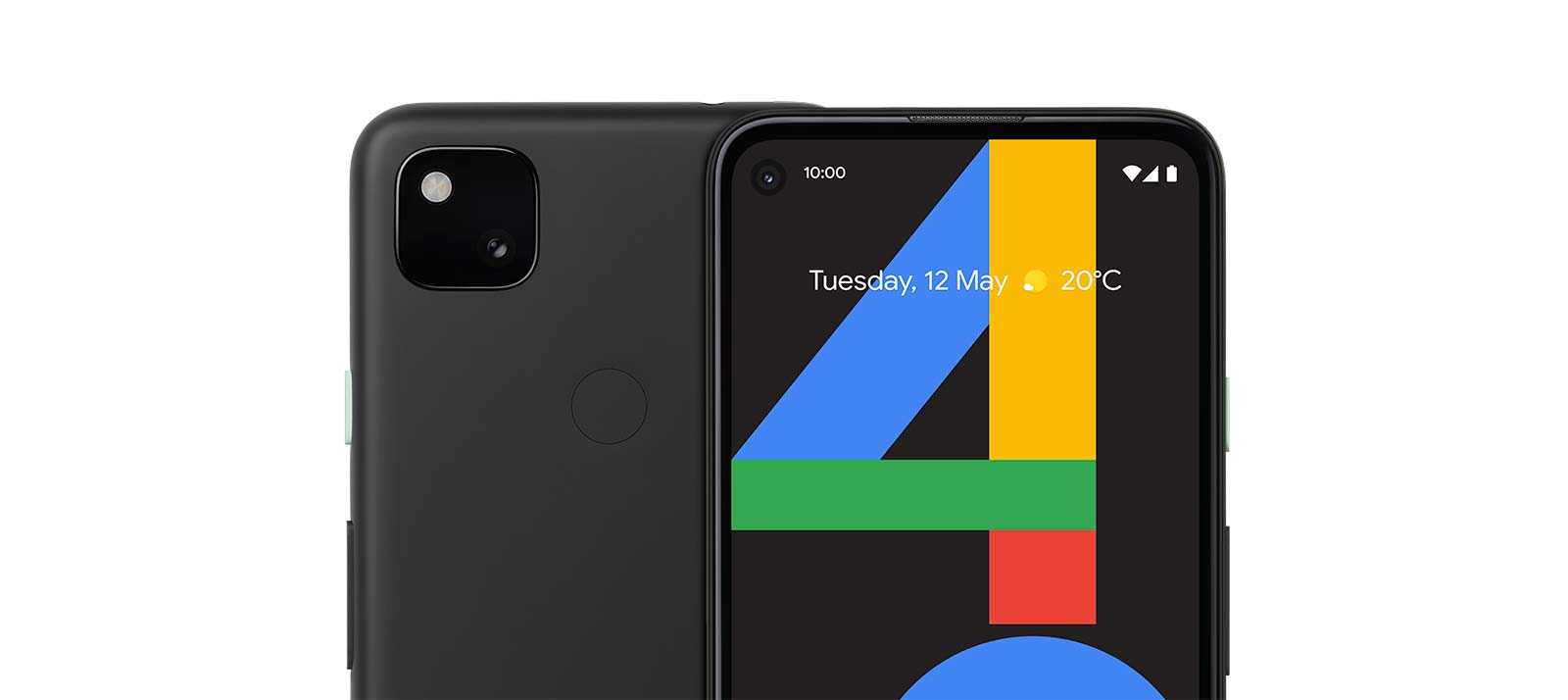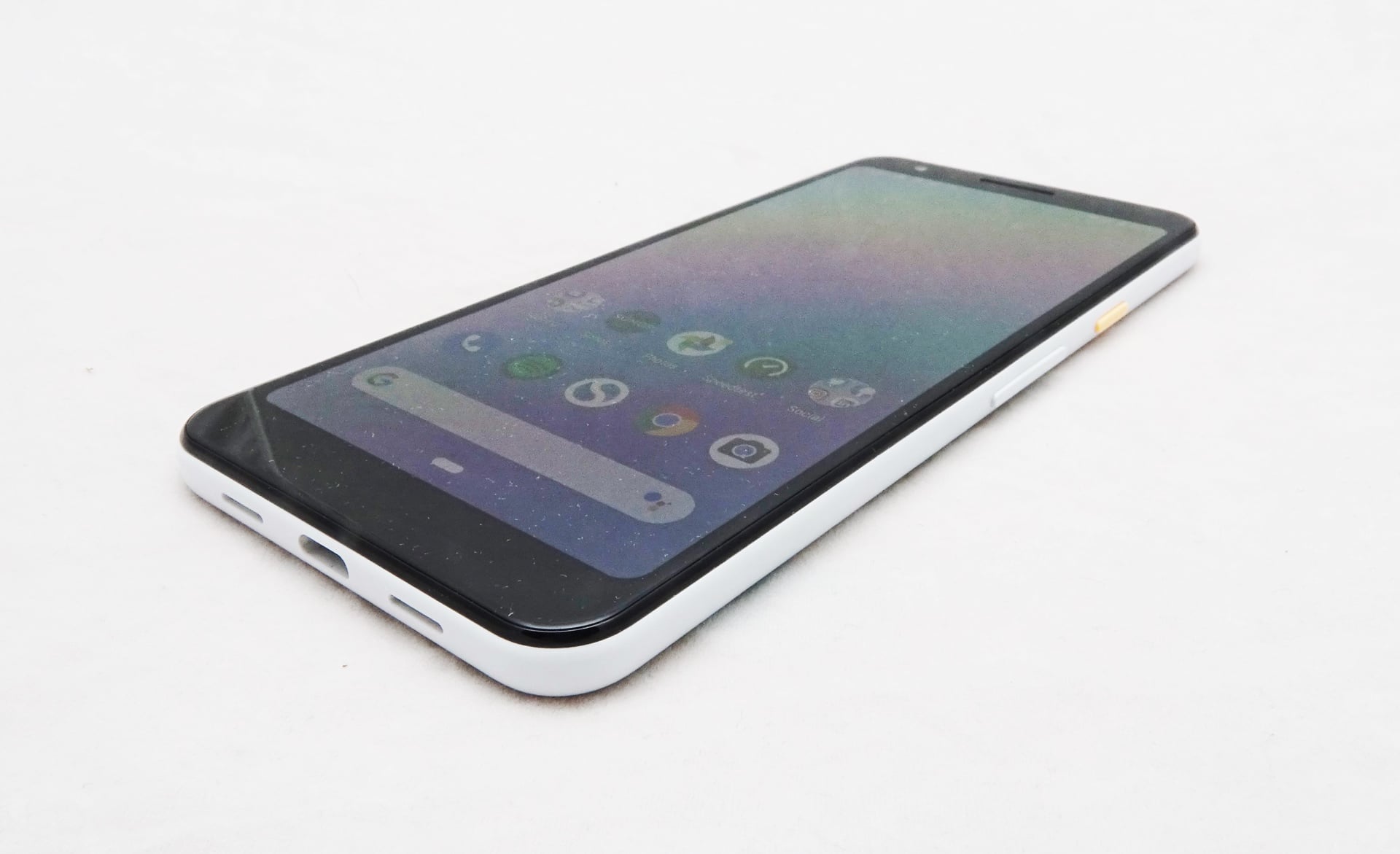Last year’s Pixel 3a made the mid-range marvellous, and this year, Google is trying again with a model that takes one of the Pixel 4 cameras and plonks it into a cost-effective phone.
When it comes time to buy a phone, one of the chief concerns people have is cost. There’s little surprise as to why, because phones are expensive.
Take a glance at the landscape from the past year, and it doesn’t take long until you realise just how expensive that all can get. Phones that rocket past a thousand dollars are nothing new, but phones that drive into the $2K mark stopping just a few hundred before $3K are also becoming the norm.
We say “norm” lightly. Phone and laptop prices have been on par for some time, but phones are now costing as much as some of the better laptops you can find, and that is understandably posing a serious problem for some people.
If you want a great phone but you don’t want it at a greatly exaggerated cost, you shouldn’t necessarily be penalised.
That’s where the mid-range comes in, with its ability to bring most of what a phone customer would need that year to a price point that doesn’t make them feel like they’ve been rorted. Mid-range phones aren’t necessarily as premium as flagship fare, but they still have a lot going for them, and the price points typically don’t hurt.
While the mid-range has changed a lot over the years (really beginning to shift back in 2017), one range emerged last year to show what could happen if a phone brand decided to do mid-range well. Really well.
Last year’s Pixel 3a was a winner
Last year, Google released the Pixel 3a, a mid-range take on its decent Pixel 3 flagship from the year prior that offered a mid-range processor take on the hardware of the high-end mode, plus the rear camera while only one of the front-facing cameras.
It was a combination that worked, possibly even better the Pixel 3 itself, delivering a phone that felt high-end with equally great software, yet no handicapping the mid-range and bottom-end phones can sometimes feel they receive. It was a Pixel for all.
Priced at $649, it was a winner, and we not only gave it the best value phone of 2019, but also the best Android phone of the year. It was hard to knock this phone, and easily a solid option for customers.
This year, however, there’s something new: the Google Pixel 4a has been officially announced, so what’s coming?
What’s new in the Pixel 4a?
A new year, a new phone, and this time, it has a “4” in the name, much like the Pixel 4 that was released late last year.
The Pixel 4 was Google’s first phone with two rear cameras and no fingerprint sensor, opting for facial security, instead. However the Pixel 4a won’t really borrow from that design, premium as it is.
Instead, Google is keeping things with a fingerprint and one camera, all to keep costs down, doing something similar to Apple and its mid-range iPhone SE, but with a Google phone instead.
As such, the Google Pixel 4a looks a little like the Pixel 4 from the back with a softened square camera bump, but only one camera in it. At the front, Google is going with a mostly all-screen design and a top left hole punch selfie camera, which is fairy standard these days for phone makers. We’re seeing the top-left hole punch emerge in phones lately, throwing off the top line by a little on the left.
The screen on the phone will be familiar for some, with a 5.8 inch screen, the same size as the iPhone 11 Pro, running a Full HD 2340×1080 OLED display atop a Qualcomm Snapdragon 730, 6GB RAM, and a downright decent 128GB storage, a nice update from the 64GB Google normally goes with.
That front camera is an 8 megapixel module, while the back camera is the 12 megapixel camera from the Pixel 4, missing the telephoto camera that it was accompanied by. While the loss of the zoom is a little disheartening, it is the same camera as the Pixel 4, which means you get the portrait mode and the astrophotography mode, making it a capable single-lens camera, and able to compete with its iPhone SE competition, plus others.
There’s even support for a 3.5mm headset jack here for folks who want that, while the Pixel 4a is just a 4G phone for now. Much like Apple, 5G isn’t a priority in its mid-range, even if we’re beginning to see the odd phone or two in the 5G mid-range.
Essentially, Google’s changes between the Pixel 3a and 4a appear to be camera, storage, and processor, but price is also a key change, too.
Australian Google Pixel 4a pricing and availability
While last year’s Google Pixel 3a mid-range model sported a $649 price tag, this year’s Pixel 4a undercuts a little while improving the specs.
Australians will be able to find the Pixel 4a online and in stores for $599 when it launches in one colour — “Just Black” — from September 10. That seems eerily close to when Apple is expected to launch an iPhone or two, but we can only imagine those times are incidental. For now, we suspect the competition will be between the Pixel 4a and the 2020 iPhone SE, as those two seem more focused to compete directly.
And as for when there’s a 5G version, Google has said a 5G Pixel 4a is coming, as well as the 5G Pixel 5, but those are for later in the year.






